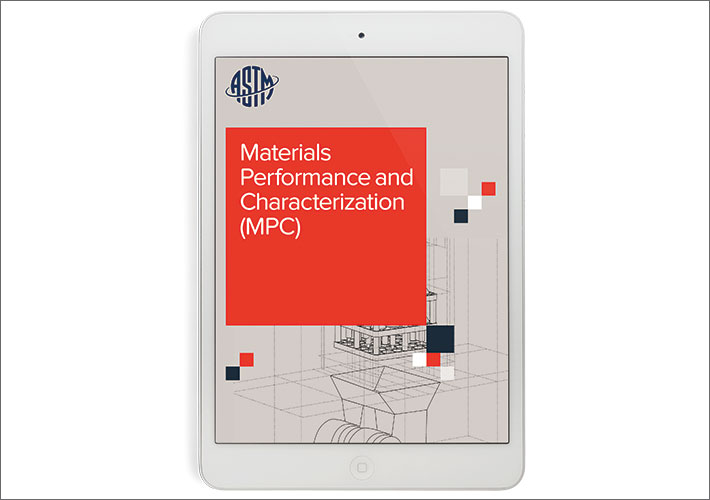
Special MPC Issues
Fracture Toughness, High Temperature Fatigue and Hardening Steel
How long will a car engine last? How strong is the skin of an airplane? Will pipes carry crude oil without leaking? Answers to these questions and others concern the fracture toughness and fatigue of materials. In turn, these properties impact the safety, durability and reliability of materials for diverse purposes. For researchers in these areas, they have new resources in upcoming special issues of Materials Performance and Characterization that address these topics.
Special ASTM journal issues provide the opportunity to gather broad and potentially new perspectives on a specific topic from leading experts in the field, ideas that could be missed if not made available in this way, notes Richard W. Neu, Ph.D., MPC co-editor and professor of mechanical engineering at the Georgia Institute of Technology in Atlanta. Neu says, "Having a group of papers on a targeted topic helps the community by exposing each other to the current state-of-the-art research in the field."
In targeting special issue topics, guest editors serve a significant role. "We select international experts who know the active researchers in the topic area to be the special issue editors," says Neu. "They are instrumental in attracting and inviting potential authors to prepare a paper."
As with all ASTM journal papers, special issue submissions go through a peer review process, as well as reviews by the journal and technical editors. This process ensures that material is appropriate for the issue.
Upcoming MPC special issues include:
High Temperature Fatigue - An important consideration for product safety and reliability in many industries - including aerospace, automotive, power generation, petrochemical and metalworking - fatigue is addressed in 13 papers from experts in eight countries. Articles cover creep fatigue, thermomechanical fatigue, and fatigue crack mechanics. Nickel-based superalloys, creep resisting steels, stainless steels and tool steels are among the studied materials.
The understanding of high temperature fatigue relies on the synergy between experimental and computational methods, with the latter becoming increasingly important, and these papers give insight on recent advancements.
Fracture Toughness - The ability of a material to resist breaking or fracturing is a consideration for many design applications, particularly because flaws cannot be completely avoided. Measuring and standardizing fracture toughness methods, and the information from method use, is crucial to choosing materials for pressure vessels and piping, petrochemical tanks, pipelines, structures and more. Fracture toughness contributes to materials characterization, performance evaluation and quality assurance.
The issue will contain 30 papers on measuring and evaluating the fracture toughness of various materials, including metals, polycrystalline materials, plastics and composites. The papers cover the breadth of the entire topic of fracture toughness to help further the work on toughness testing.
Advances in Methods, Quenchants and Equipment for Hardening Steel - Quenching is one of the most critical parts of the heat treatment processes for controlling alloy properties. If the cooling intensity is not optimum, the result may be an inadequate microstructure, distortion or poor mechanical properties. Moreover, improved methods and processes can provide superior properties and enable the engineer to tailor component properties. Quenching apparatus design is becoming less empirical through the improved use of quenching theory and technology. This issue explores advances in quenching theories and methods.
 SN Home
SN Home Archive
Archive Advertisers
Advertisers Masthead
Masthead RateCard
RateCard Subscribe
Subscribe Email Editor
Email Editor